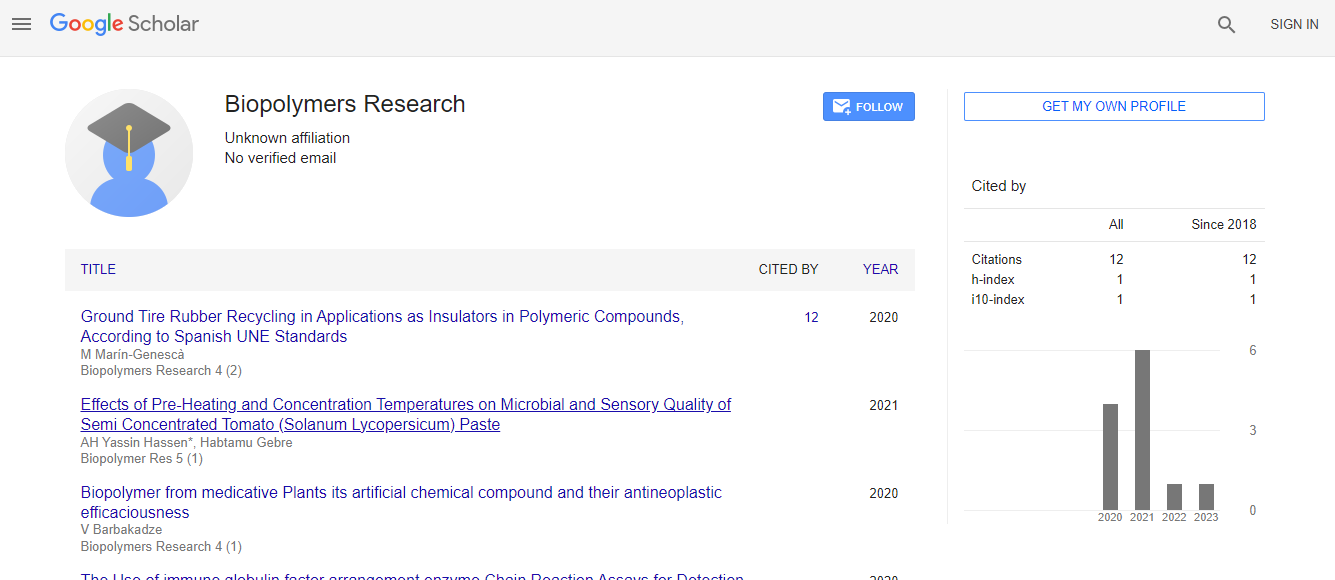Clinical, Imaging and Pathological Characteristics of Brain Implanted Polylactic Co-Glycolic Acid Polymers Conjugated with Temozolomide
*Corresponding Author:
Copyright: © 2019 . This is an open-access article distributed under the terms of the Creative Commons Attribution License, which permits unrestricted use, distribution, and reproduction in any medium, provided the original author and source are credited.
Abstract
Definitive treatments for primary brain tumours are still sought. Slow- release local chemotherapy may provide a good effect and poly (lactide-co-glycolide) (PLGA) micro cylinders could allow this. We evaluated the neurological and histopathological consequences, and MRI visibility, of PLGA micro cylinders conjugated with Temozolomide and gadolinium implanted in normal canine brains. Eight purpose-bred beagles had cerebral implantation of micro cylinders combined with Temozolomide and gadolinium. MRI was performed following implantation and 28d later prior to necropsy and brain histopathology. All adverse events were associated with implantation and resolved. Dogs with six micro cylinders at 0 and 6.25% gadolinium had mild inflammation and all other dogs had greater brain inflammation, which increased with higher gadolinium concentrations and micro cylinder number. Micro cylinders with gadolinium were identifiable on MRI. Brain implantation of PLGA micro cylinders conjugated with gadolinium and Temozolomide is tolerated in healthy beagles. The lowest gadolinium percentage and micro cylinder number should be used if this therapy is pursued

 Spanish
Spanish  Chinese
Chinese  Russian
Russian  German
German  French
French  Japanese
Japanese  Portuguese
Portuguese  Hindi
Hindi 
